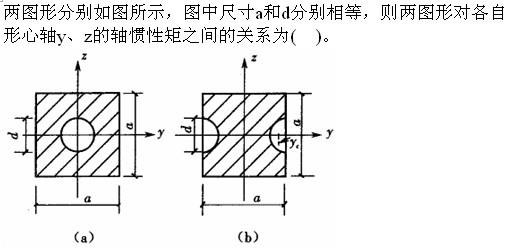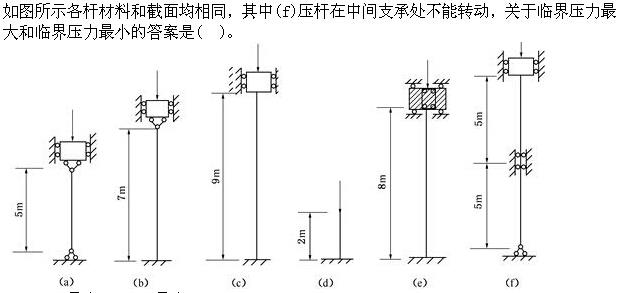Glaciers in Antarctica are melting faster and across a much wider area than previously thought, a development that threatens to raise sea levels worldwide and force millions of people to flee low-lying areas. Researchers once believed that the melting was limited to the Antarctic Peninsula, a narrow tongue of land pointing toward South America. But satellite data and automated weather stations now indicate it is more widespread. The melting also extends all the way down to what is called west Antarctica. By the end of the century, the accelerated melting could cause sea levels to climb by 3 to 5 feet-levels substantially higher than predicted by a major scientific group just two years ago. Making matters worse, the ice shelves that hold the glaciers back from the sea are also weakening.
For years, the continent at the bottom of the world seemed to be the only place on the planet not experiencing climate change. Previous research indicated that temperatures across much of Antarctica were staying the same or slightly cooling. The big surprise was exactly how much glaciers are melting in western Antarctica, a vast land mass on the Pacific Ocean side of the continent that is next to the South Pole and includes the Antarctic Peninsula. The glaciers are slipping into the sea faster because the floating ice shelf that would normally stop them—usually 650 t0980 feet thick—is melting. And the glaciers' discharge is making a significant contribution to increasing sea levels.
Together, all the glaciers in west Antarctica are losing a total of around 114 billion tons per year because the melting is much greater than the new snowfall. That's equivalent to the current mass loss from the whole of the Greenland ice sheet, New research found that melting glaciers will add at least 7 inches to the world's sea level—and that's if carbon dioxide pollution is quickly capped and then reduced.
与以往见解不同,南极冰川正以更快的速度在大得多的范围内融化。这一变化将导致严重后果,使得世界范围内海平面上升,并迫使成千上万人背井离乡,逃离低海拔的地区。研究人员曾以为冰川融化只会局限于南极半岛这一片指向南美洲的小范围土地。但卫星提供的数据以及自动化气象站都表明这一现象已扩大:冰川一路融化,并且延伸至名为西南极的地区。到本世纪末,由于冰川融化速度加快,海平面可能上升三至五尺,这比两年前主流科学家们所预测的数值要高得多。冰架能使冰川不至于漂流于海上,可更糟的是,它们现在也面临着危机。
多年来,地球上没有经历气候变化的唯一地方似乎只有南极洲。早先的研究表明从南极经过的空气温度恒定,甚至稍低。西南极是一片紧挨南极,包括南极半岛,位于南极洲濒临太平洋方向上的广阔陆地,但当你得知此片地域冰川消融的具体数目时,只会目瞪口呆。正常情况下,冰架通常有650到980尺厚,它们可以阻止冰川滑向海洋,但它们本身却在消融。而漂浮至海洋的冰川,成为了使海平面升高的重要原因。
由于消融量比新的降雪量高得多,每年从西南极流失的冰川,总计可达到1140亿吨,这相当于丧失掉如今一整个格陵兰冰床。新的研究发现,如果不迅速限制并减少二氧化碳污染物的排放,正在融化中的冰川会使地球海平面上升至少7英尺。


政府的基本属性是( )。
女性,61岁,3h前上楼时突发胸骨后疼痛,伴出汗,不能缓解,既往无冠心病病史,排除心梗发生的实验室检查首选的标志物是
血浆凝固酶试验阳性的是
关于肠球菌,错误的是
检查高压灭菌器的灭菌效果时用的生物指标是
不宜冷藏的细菌是
下列哪项试验不是凝集试验
关于临床血清酶活力测定的下列叙述哪项是错误的